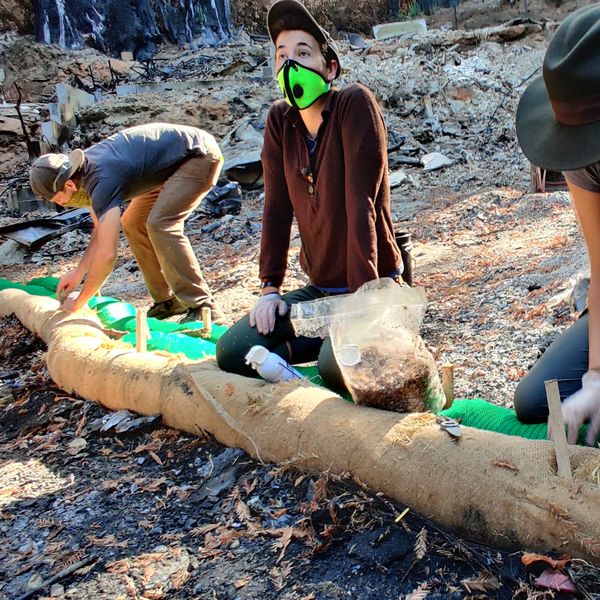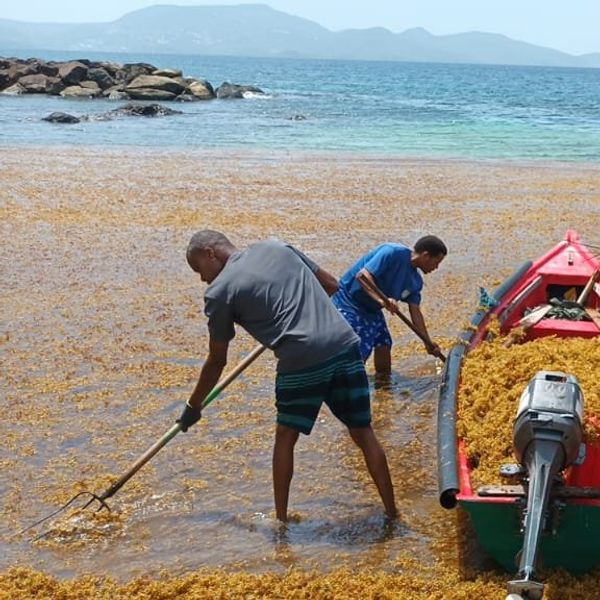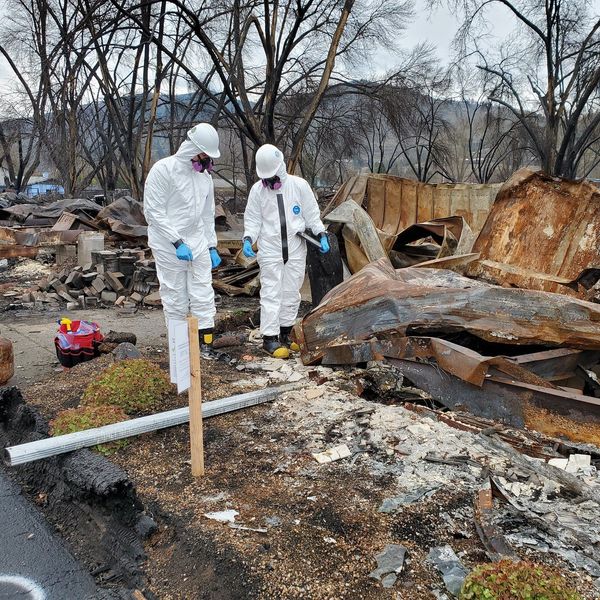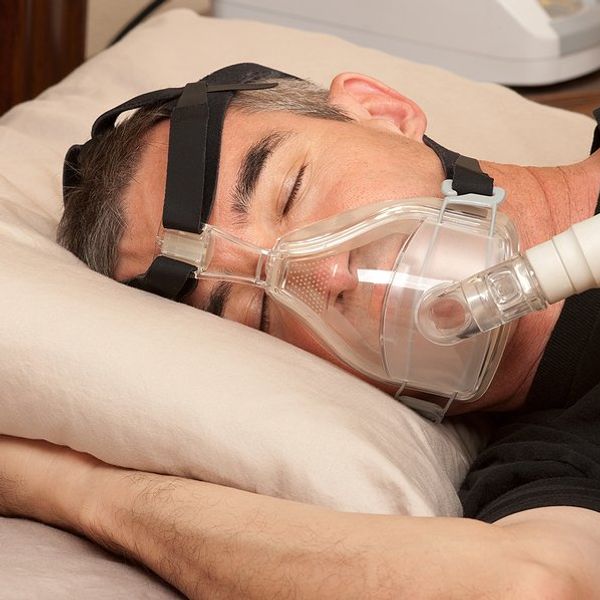Twenty-six bandages recently tested have detectable levels of organic fluorine, an indicator of the group of chemicals known as PFAS, according to a new report from Mamavation.
Partnering with EHN.org, the environmental wellness blog and community had 40 bandages tested by a U.S. Environmental Protection Agency-certified lab and found levels of organic fluorine ranging from 11 parts per million to 328 ppm. Ten out of 16 bandages with black and brown skin tones had indications of PFAS.
"Because bandages are placed upon open wounds, it's troubling to learn that they may be also exposing children and adults to PFAS,” Linda S. Birnbaum, scientist emeritus and former director of the National Institute of Environmental Health Sciences and National Toxicology Program and scholar at residence at Duke University, told Mamavation of the new findings.
“It's obvious from the data that PFAS are not needed for wound care, so it's important that the industry remove their presence to protect the public from PFAS and opt instead for PFAS-free materials," she added.
Organic fluorine is a strong indicator of per- and polyfluoroalkyl substances, also known as PFAS or “forever chemicals”— which have been linked to health effects including reduced immune system function and vaccine response, developmental and learning problems for infants and children, certain cancers, lowered fertility, endocrine disruption and other impacts.
Scott Belcher, associate professor with the Center for Environmental & Health Effects of PFAS at North Carolina State University, told Mamavation “fluoropolymers, such as polytetrafluoroethylene (PTFE), are extremely common forms of PFAS that could be contributing to the organic fluorine found in bandages.”
The report builds on EHN and Mamavation’s growing library of consumer products tested for evidence of PFAS, including contact lenses, pasta and tomato sauces, sports bras, tampons, dental floss, electrolytes, butter wrappers, fast food packaging, diapers, condoms and deodorants.
While many are aware of PFAS pollution in water, Mamavation’s testing continues to find that we’re also exposed by the things we wear, eat, or put on our bodies. To see an in-depth look at why and how PFAS ends up in many of these products, see our investigation PFAS on our shelves and in our bodies.
Why are PFAS in bandages?
It is not entirely clear why PFAS are in bandages. However, PFAS chemicals are sometimes used in adhesives, according to the Green Science Policy Institute. 3M, which makes Sticky Notes and other items that use weak adhesives, will discontinue use of all PFAS by the end of 2025.
The bandage testing commissioned by Mamavation found evidence of the chemicals in the adhesive section of several bandages. The exposure risk to PFAS through the skin is not entirely clear, however, previous lab research by the National Institute for Occupational Safety and Health found that PFAS skin exposure poses similar health risks as ingesting the chemicals via food or water.
"It is discouraging to find yet another important product space, bandaids or bandages, containing PFAS compounds where transfers into users are conceivable,” Terrence Collins, Teresa Heinz professor of green chemistry and director of the Institute for Green Sciences at Carnegie Mellon University, told Mamavation.
What bandages are PFAS-free?
Mamavation found evidence of PFAS in popular bandage brands such as Band-Aid, Equate and CVS Health, but the good news is some bandages, including from 3M and Tru Colour, were free of organic fluorine and other harmful compounds.
To see a full list of which bandages had evidence of PFAS and which did not, check out the full report at Mamavation.
The testing is part of an ongoing effort by Mamavation and EHN.org to identify PFAS in common consumer products. Follow our PFAS testing project with Mamavation at the series landing page.
Want to know more about PFAS? Check out our comprehensive guide.
- Keep PFAS out of your sex life ›
- Evidence of PFAS found in tampons — including organic brands ›
- Are you putting PFAS on your armpits? ›
- Evidence of PFAS in toilet paper (Yes, toilet paper!) ›
- Are you spreading PFAS on your morning toast? ›


























